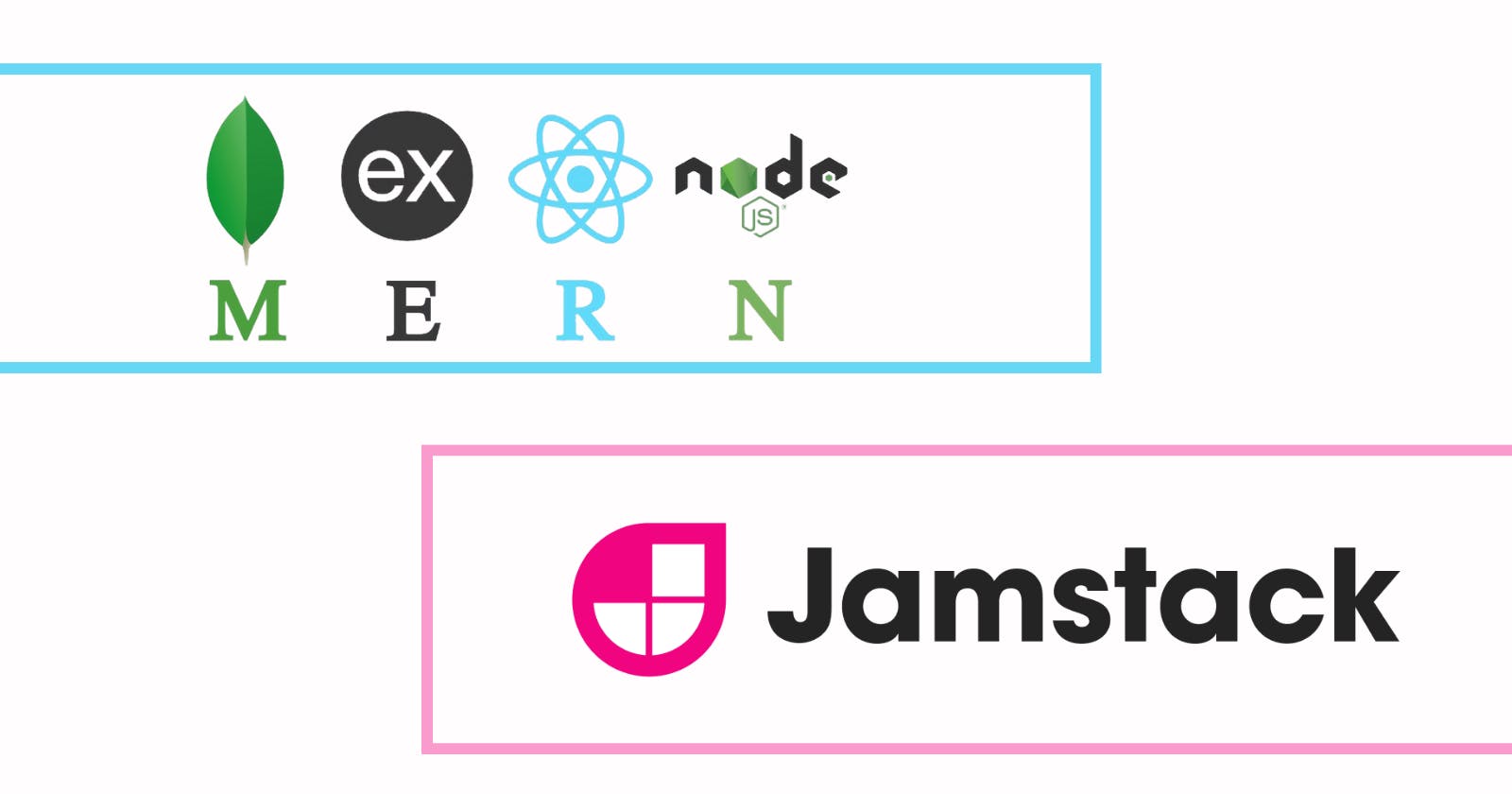The LAMP technology stack is the most widely used. Jamstack, on the other hand, uses a decoupled architecture. It generates pages at deployment and uses a CMS to handle user permissions and editor roles. Compared to LAMP, the former is more flexible and can support more network hardware, including DWDM, network processors, and optics.
LAMP is the most commonly used technology stack
In the world of web development, there are various technology stacks available. These stacks comprise databases, frameworks, programming languages, and web applications. The most common of these stacks is the LAMP stack, which includes PHP, MySQL, and the Linux operating system. It is an open-source stack and is often used in web applications. It is also the basis for popular open-source CMS, such as WordPress and Drupal.
The LAMP stack is highly supported, with many libraries and add-ons available. This stack is highly reliable, thanks to its open-source nature and the vast community of developers that use it. LAMP applications can scale to meet the demands of large enterprises and large web applications. Unlike LAMP, Jamstack is a popular cloud-based platform that does not require backend configuration. In addition, it supports end-to-end version control. While the jam stack is often used for creating cloud applications, the LAMP stack is also a practical choice for web developers. For example, WordPress is built on LAMP. LAMP is an acronym for four open-source components essential to running dynamic web applications. They include the Apache web server, critical to processing HTTP requests.
Both LAMP and MERN stacks are capable of building and deploying websites. Their main advantages and disadvantages are the same but differ in some ways. LAMP has an advantage over the MERN stack because it has been around for a longer time. Additionally, it has a large community of developers that have gone through training in both technologies.
LAMP is the most popular technology stack for web development, but there are others. Other options, such as MEAN stack, are not open-source. Regardless of the technology stack, it offers a robust platform for large web applications. Its community is the largest and most active, and numerous libraries and add-ons are available to help developers.
Jamstack uses a decoupled architecture.
Jamstack is a website-building tool that uses a decoupled, modular architecture. This allows your team to build and deploy your website using their preferred frameworks and languages without the need to learn a new set of logic or architecture. Its decoupled architecture also allows you to use a variety of tooling to customize your site, including Tailwind CSS.
Jamstack is only suited for some projects. For instance, you probably want to avoid using Jamstack to build a Twitter clone, a web analytics dashboard, or an ecommerce app. In these cases, you would like to use other tools, such as APIs, designed to help you build these applications. However, you can still take advantage of the benefits that Jamstack offers.
While the decoupled architecture of Jamstack makes the system ideal for many projects, it is essential to note that you must be skilled in technical work to use it correctly. Luckily, the stack is decoupled from the server, so your application can run more efficiently without worrying about the code.
Another significant benefit of Jamstack is its simplicity and ease of use. Unlike a traditional CMS, Jamstack makes managing content, managing user permissions, and creating new pages much more accessible. It also offers a decoupled approach to server-side rendering. Using Jamstack is a great way to build web applications. It separates the front from the backend and uses an API to access data and services. This way, your application can scale as your team grows.
It generates pages at deployment.
When deploying a Node server, you have two options: either it will generate pages at deployment time, or it will serve static pages. Depending on the size of your website, it may be more efficient to create dynamic pages rather than relying on a static export of each page. The dynamic approach works well for more significant sites and is useful when you deploy many pages with a long build time.
It uses a CMS to handle user permissions and editor roles.
CMS is software that allows a site to be managed by one or more users. It can be used to publish and edit content. CMS also helps control the workflow in a collaborative environment. It allows users to create and modify roles.
It uses a Content Delivery Network.
The MERN stack is an excellent choice for developers looking for a high-performance, open-source solution. This stack can help to deliver and modify the content at a faster rate. Its technologies are open-source, so developers can access them to develop their solutions.
The MERN stack uses a database as the backend tier. This database keeps track of data coming into the system and provides the information to the user. This database is one of the most popular options and is free and open source. It does not require a fixed schema to store any data.
The MERN stack is perfect for creating cloud-native, JSON-heavy applications. It can also power social media applications and workflow management. MERN is easy to set up and flexible and has been used to develop many apps. Whether you're building a social network application, creating an interactive forum, or launching an ad campaign, the MERN stack can help you deliver high-quality content.
Another great advantage of the MERN stack is its open source, which makes it affordable and user-friendly. It's also very SEO-friendly, which means search engines will have no problem indexing your pages. You'll find that many modern web developers are using MERN instead of other solutions.
To set up the MERN stack, start from the back. First, you'll need to set up NodeJS on the server. Next, you'll need to set up a Content Delivery Network (CDN). You'll need to set up connection points between the backend JS and the frontend JS.
